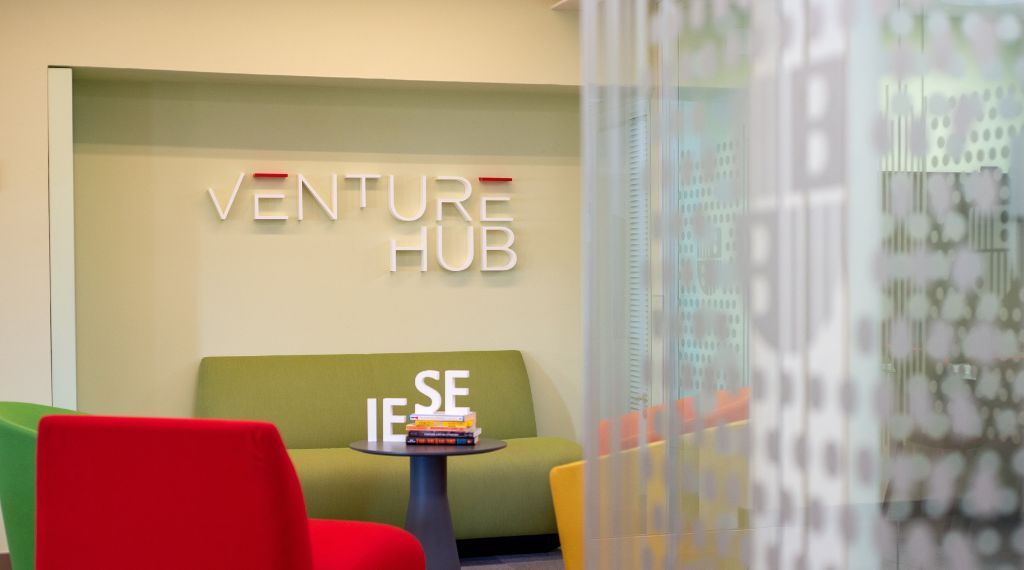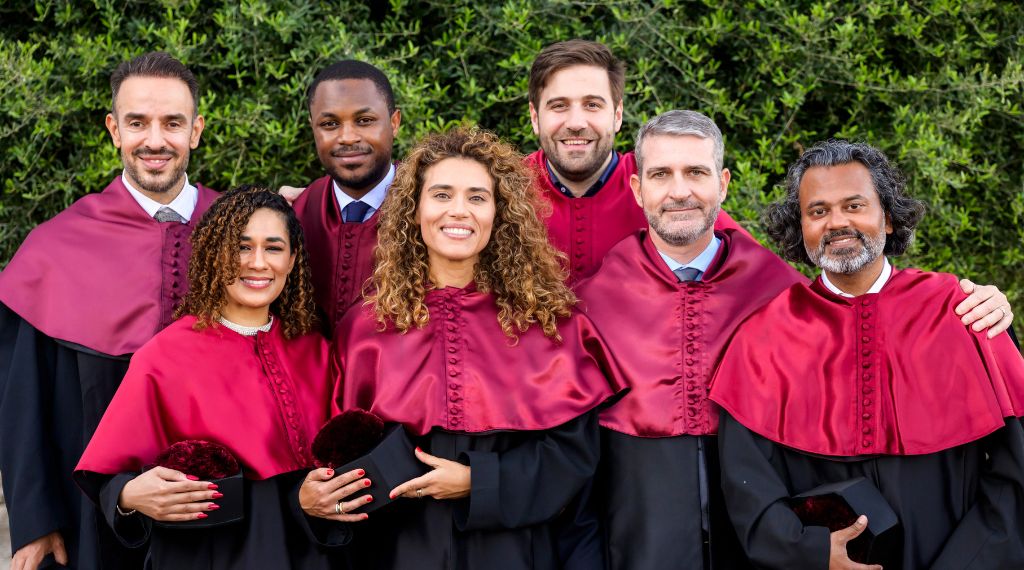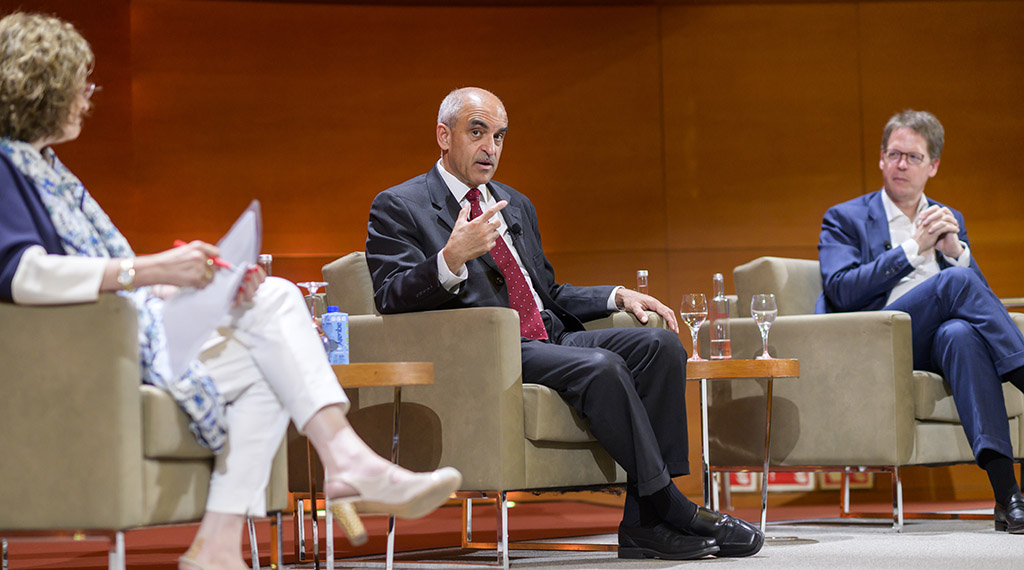Stories
Cristina Ventura : “The more you learn, the greater your impact”
The Chief Catalyst Officer at The Lane Crawford Joyce Group in Hong Kong discusses in this interview the human side of doing business
An avid traveler, certified yoga and meditation instructor and reiki master, Cristina Ventura (GEMBA) associates success with believing in something bigger than oneself.
December 17, 2019
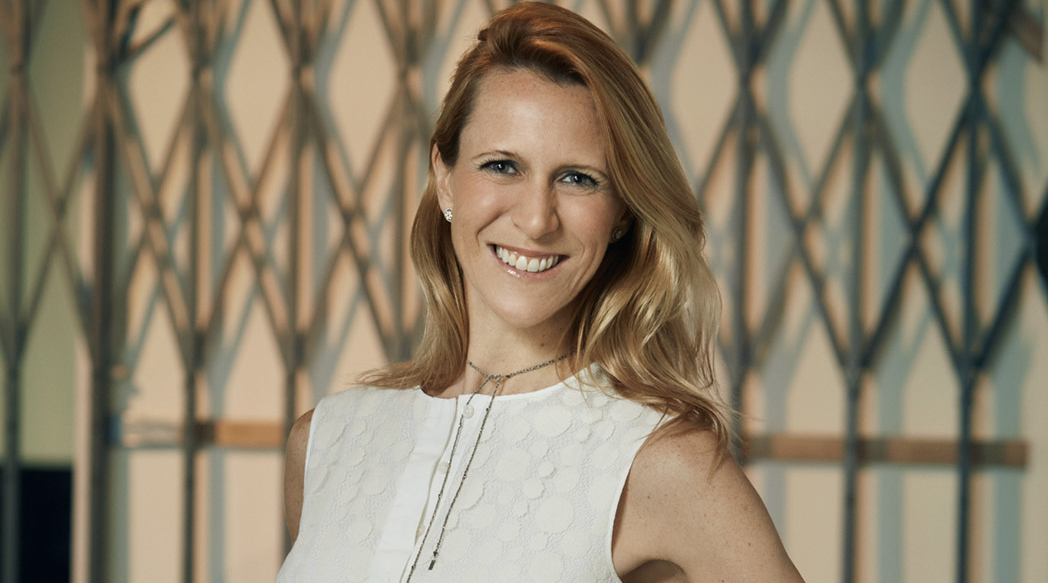
Cristina Ventura’s career can be summed up in one word: evolution. Having worked for Louis Vuitton Moët Hennessy (LVMH), Gucci, Prada and Apple Asia-Pacific, in markets spanning Europe and Asia, the Barcelona native embraces transformation in every facet of her life and work.
Now, as Chief Catalyst Officer at The Lane Crawford Joyce Group, Asia’s preeminent luxury lifestyle group, her job is to inject fresh knowledge and insights, connect internal stakeholders with diverse networks, and find new ways of investing and partnering, including through The Cage program, as she explains in this interview.
How does a Chief Catalyst Officer differ from a Chief Innovation Officer?
A CIO is mainly focused on technology, whereas a Chief Catalyst Officer goes beyond that to discover new ways of working, new business models and investments in startups.
My role has three parts. First is igniting curiosity in internal teams, continuous learning and challenging the status quo. One example is a partnership we launched with Stanford d.school, allowing us to bring design-thinking workshops to our industry and community in Hong Kong.
Second, my role is about connecting with talent and creating ecosystems. Over the past three years, we’ve built up a global community of over 6,000 experts whom we can collaborate with. This ensures that we stay close to our customer and stay focused on enhancing their experience.
The third aspect to my role is social responsibility through LUXARITY.com, a social initiative whose vision is to inspire conscious living for all.
So, it’s not only about intellectual growth but spiritual growth, too, to reach your maximum potential. The more you learn about yourself, your purpose and your role in society, the more you can lead evolution in a human way and deliver change and impact.
How did working at Apple prepare you for this role?
Apple was a remarkable experience. I was the youngest among 50 leaders, mostly men, and I was leading the biggest locations in the world with the fastest growth. Every month, I had to go to California to share the challenges we faced and bring back new ways of working. I had to learn how to adapt practices from headquarters and make sure they were applied with local nuances.
Apple had a policy that leaders had to interview every single new member, which meant meeting thousands of people. This experience taught me how to hire by values. I realized that academic or industry background needs to be integrated with “culture fit.” This meant looking at their personality, their empathy and their ability to think critically and be solution-driven. I believe the best hire is the person who has the background, in terms of knowledge and intellect, but also a lot of humanity and empathy, in terms of understanding the culture and values.
The way we measured success was by retention. The team was strong because we focused on their purpose, happiness, fulfillment, growth and well-being. We had this strong sense of community, an aligned way of working, and we were transparent in our communication. We said absolutely everything; there were no taboos. This was unique in Asia where it’s more about politeness. We ended up with some of the highest retention rates in the world, around 90%. This is massive in retail, which is normally below 50%.
The future of a business is about leading with responsibility, not responding. Build your power from the inside out, and co-create business success together
Tell us more about The Cage…
The Cage is a 12-week ignition and development program created to support early-stage technology startups that enhance customer experience in the luxury and lifestyle retail industry. We see hundreds of companies, but we only select a few each year. Once we select, we commit to them, letting them take up residence in our Hong Kong headquarters, giving them access to our retail platforms for prototyping their ideas, and allowing them to leverage our industry connections.
How do you sell corporate entrepreneurship?
By working closely with internal teams. I talk with the presidents of the company, C-level teams and key stakeholders about what’s happening in the industry and learn what their challenges and pain points are. By identifying these individual needs, we can then find the best startups with solutions to their challenges.
In what other areas are you committed to change?
Sustainability. The fashion industry is the second biggest polluter in the world, so the way we organize our production and distribution makes a difference. Our social enterprise, LUXARITY (luxury + circularity), engages our top customers, designers and celebrity networks to donate luxury items that they don’t use anymore in exchange for loyalty points. Then, we curate all these pre-loved items and, using blockchain technology, we’re able to create a clear line of traceability. This means anyone who acquires the item will know exactly where it came from, its authenticity and the impact made by the benefits of the sale. We use the proceeds to invest in new projects — including grants to nonprofits and design schools — that focus on responsible consumption. This initiative addresses U.N. Sustainable Development Goal 3 (Good Health & Well-Being), 4 (Quality Education) and 12 (Responsible Consumption & Production).
How do you find doing business in Asia?
When I first arrived, I made a lot of mistakes. I just brought what I had learned in Europe and copied and pasted it to Asia. Of course, that didn’t work. From then on, I’ve focused on being humble, open to change, listening to and learning from local customs, and being agile enough to improve and adapt. Wherever I go, I spend the first few days or even months just listening and understanding before starting anything big, to learn about each culture at its core. This can come from conversations with locals as much as with senior decision-makers. It’s about listening first and getting feedback to localize the idea, then bringing change while simultaneously respecting tradition.
What’s different about the Asian retail environment?
The profile has changed enormously over the 15 years I’ve been here. The Asian consumer is very tech savvy, much more so than any other consumer in the world. For example, the Chinese messaging app, WeChat, is a unique, multipurpose platform with messaging, social media, mobile payments, chatbots and an enterprise platform, all bundled into one. You can do just about anything with it — not just connect with people, but pay for goods, sell online, even buy a luxury car. Any new brand wanting to enter the Chinese market needs to understand such things.
What other trends are worth noting?
In Asia, as elsewhere, there’s a growing appetite for experiences, for connecting to the human. This is why I’ve loved doing programs at Harvard, Stanford, Insead and IESE. The Global Executive MBA is teaching me so much about the human side of doing business. It’s all about having self-knowledge and self-awareness, and then working together with others to maximize the best version of yourself, taking responsibility and creating positive impact. I see this as a trend for leadership: how can we be conscious leaders and catalysts, as part of a bigger ecosystem? That’s why we created SiliconBali.io, to connect leaders with the purpose of being Catalysts for Impact.
A version of this interview is published in IESE Business School Insight #154.
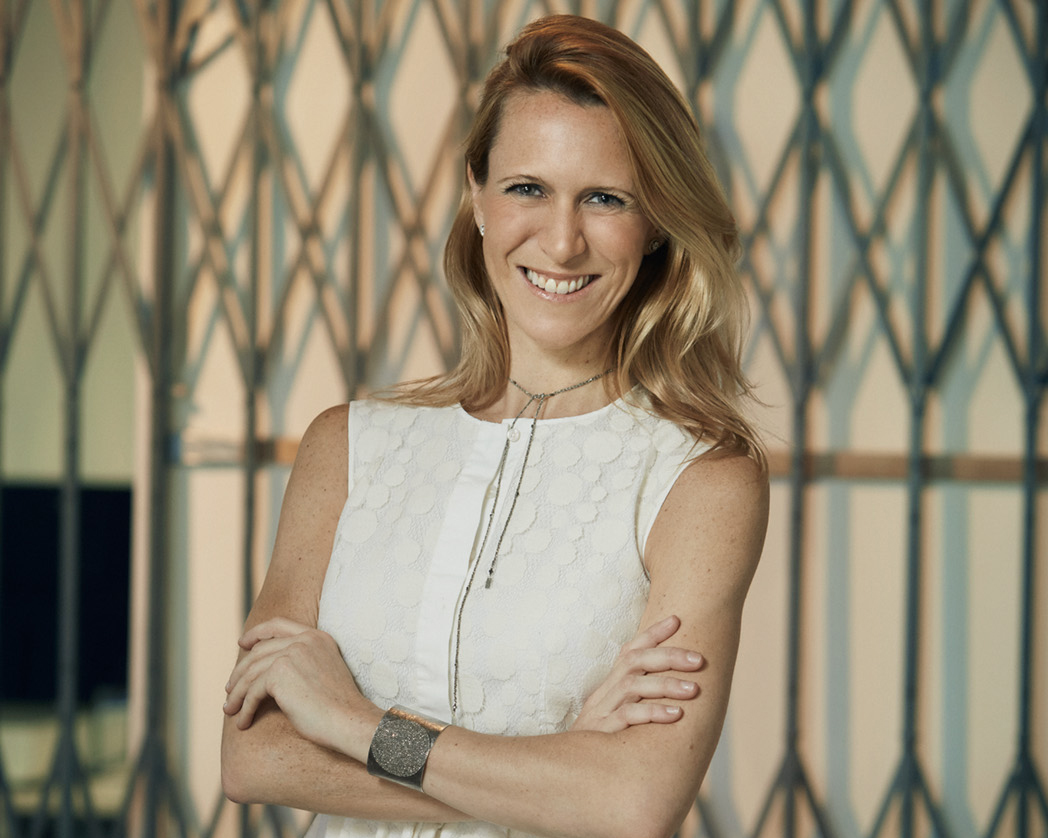
For Cristina Ventura, leadership means being Triple A:
– Aware of the changes and your personal impact and responsibilities.
– Authentic in expressing who you really are and never losing your roots and values.
– Aligned so everything you think, say, feel and do is in harmony with your values, the values of the company and the community you’re in.
